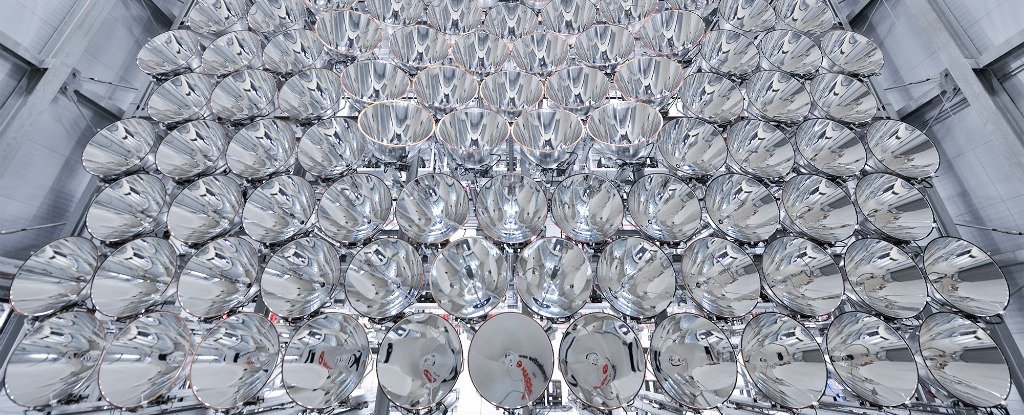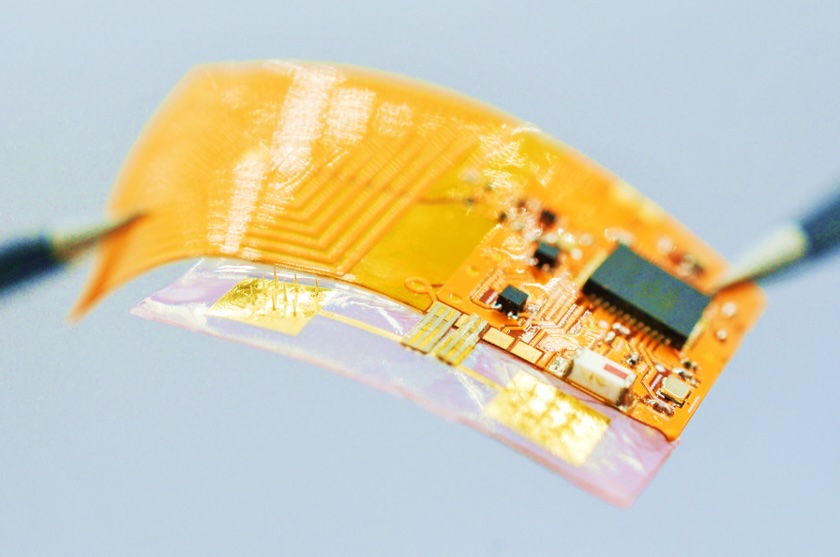With the aim to generate climate-friendly fuel, scientists in Germany have switched on what is being described as the world’s largest “artificial sun.”
This experiment is taking place in Jülich and is operated by the German Aerospace Center (DLR).
The device consists of a giant honeycomb-like setup of 149 industrial-grade film projector spotlights – officially known as “Synlight.”
Each spotlight has about 4,000 times the wattage of the average light bulb. When this so-called artificial sun is turned on, it will produce 10,000 times the amount of solar radiation that would normally shine on the same surface.
The purpose of this setup is to recreate the light from the sun onto a single point to produce water vapor that can be split into hydrogen and oxygen.
Hydrogen is a zero-emission fuel. Although it is one of the most common elements in the universe, it is rarely found in its pure form. Therefore, it must be extracted artificially with machines like this.
All the lamps are rotated in a way that they all concentrate the light on one spot. This results in generating temperatures of around 3,500 degrees Celsius (6,332 degrees Fahrenheit). The temperature generated is about three times as hot as the heat generated by a blast furnace. The goal is to eventually use novel ways like this to extract hydrogen.
In the future, researchers plan to bypass the electricity stage by tapping into the enormous amount of solar energy.
Dmitrij Laaber, a research engineer involved in the project, said, “The next step would be to get this reactor to a real solar plant, where it can be tested under real conditions. Our facility is mainly for testing of the components.”






